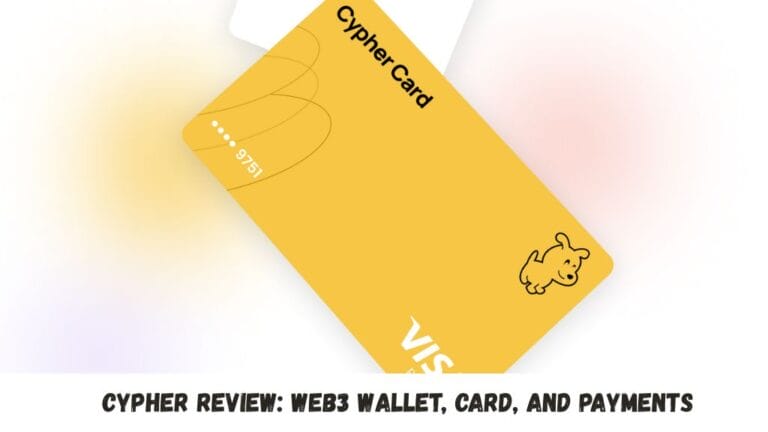Wash trading and similar practices still run rampant. Don’t trust trading volume without using the right tools to verify it. Coin Metrics is doing our industry a much needed service.
Two days ago, the Boston-based crypto data provider announced their new tool for tracking the fake vs. real trading volumes on crypto exchanges, called the “trusted volume framework.” When I read about that framework today, I decided to share my thoughts on it and why it matters in a brief post.
How much of the crypto industry’s trading volume is real?
The above question has dogged the crypto industry since its earliest days. The widespread practice of wash trading, or simultaneously playing both sides of a trade to act like an exchange has more volume than it does is the main reason why. In early 2019, Bitwise exposed the sheer breadth of crypto market manipulation in a report that was presented to the Securities and Exchange Commission in the United States. Chief amongst their findings was that “95% of all trading volume on unregulated exchanges” was likely faked.
Overall, what that means is that various parties were using various techniques to simulate trading volume to make exchanges look more attractive to traders than they actually were. In making this conclusion, Bitwise sourced most of its data from Coinmarketcap, which at the time, was criticized for perpetuating market manipulation.
To be fair, however, Coinmarketcap quickly acknowledge the allegation and stated publicly on Twitter that they were working on “constructive solutions.”
So, in 2020, what’s changed?
In short, according to recent data from Coin Metrics, not much.
Because the crypto markets are so new and move so quickly, there still aren’t adequate tools for measuring and tracking all of the trading activity that’s going on. Even so, Coin Metrics’ trusted volume framework seems like a step in the right direction towards the transparency that crypto’s supposed to have.
Through measuring all exchanges based on: volume correlation, web traffic analytics, and qualitative features, they’re attempting to clarify exactly what crypto trading volume is “legitimate.” In determining which exchanges fell short in this respect, Coin Metrics compared 13 spot exchanges that are considered “trusted” based on their regulatory status and their overall reputations. If you’ve spent any time in the crypto space, what likely won’t surprise you is that Coinbase, Kraken, Bitstamp, Binance, and Binance US were termed “legitimate.”
These 5 plus 21 others were then grouped together and all measured along the three lines mentioned above. The 13 trusted exchanges were used as benchmarks to compare the others in terms of hourly trading volume. What that means is that the former were considered to have true trading volume while the latter were put to the test.
From here, the same two groups of exchanges were compared along a points-based system with regards to what features they had or didn’t have. These included: whether or not they require KYC, if they insure crypto, fiat, or both, whether their trading fees matched up with industry standards, and whether they allow for both deposits and withdrawals, among several others.
All in all, these features were chosen because they increase an exchange’s transparency to the user and regulators.
Alongside this feature-based comparison, all of the exchanges were also compared based on whether their web traffic makes sense with their trading volume. As Coin Metrics points out in their report, “more users should lead to more volume.”
The Results
In the end, what the results were may or may not surprise you.
14 exchanges achieved passing scores in aggregate, after all three tests were finished. Of these 14, only 2, itBit and Bitbank, are generally considered to be lesser-known exchanges by brand recognition. 5 exchanges failed either 2 out of 3 or all of the tests, which essentially means that there’s really no way to tell what, if anything that they’re doing is real. One of these that may particularly surprise those of you who are seasoned crypto traders is OKEx, which is generally widely reported and seems to have a large user-base.
Only 4 exchanges scored above a 75 out of 100(each feature was assigned a number, all of which added up to 100 together) on the test of what features they had, indicating that the wide majority of the crypto space seems to be falling heavily short in terms of transparency.
As if all of this wasn’t bad enough, several exchanges were found to be reporting trading volume that falls way out of line with the web traffic and therefore, users they’re receiving. Clearly, something still needs to change for the crypto space to be taken as seriously, if not more seriously than the traditional financial sphere. What that exactly is, remains to be seen.
What does all of this mean?
The crypto markets and the cryptocurrencies within them would have more accurate valuations if we knew exactly what was fake and what wasn’t. With the help of firms like Coin Metrics, we’re heading towards a time where that will be possible and the crypto space, at large, will be able to fairly and accurately grow as it should.
In other words, we need more transparency and Coin Metrics, as well as other firms and individuals who’ve dedicated themselves to exposing the more illicit sides of the crypto space are helping us get it. Standing in the way of such efforts are the constant trends of shilling different coins and networks without mentioning the risks that come with investing in them. With that in mind, I plan to do my part to mention the upsides and yes, the downsides of every project that I dig into here.
Everyone of us would benefit from doing the same.
Don’t get me wrong, spreading the word about the projects we care about is fine, but avoiding their downsides is similar to the exchanges above who fake being successful. As always, if you enjoy my content, let me know below or on Twitter here. In my next post, I plan to dig into the downsides of DeFi lending. Until then, here’s to you, because anyone reading this is still an early crypto adopter.
Disclaimer: None of this is meant to be financial advice. I’ve lived and worked in crypto since 2017 and I aim to merely educate people on the upsides and downsides of all sorts of projects and the market itself. Additionally, I’m a student just as all of us are. Therefore, my thoughts on projects evolve naturally over time as I learn more about them. Last but not least, none of these posts represent the thoughts of NBX unless otherwise stated and this includes all posts that preceded this one.








